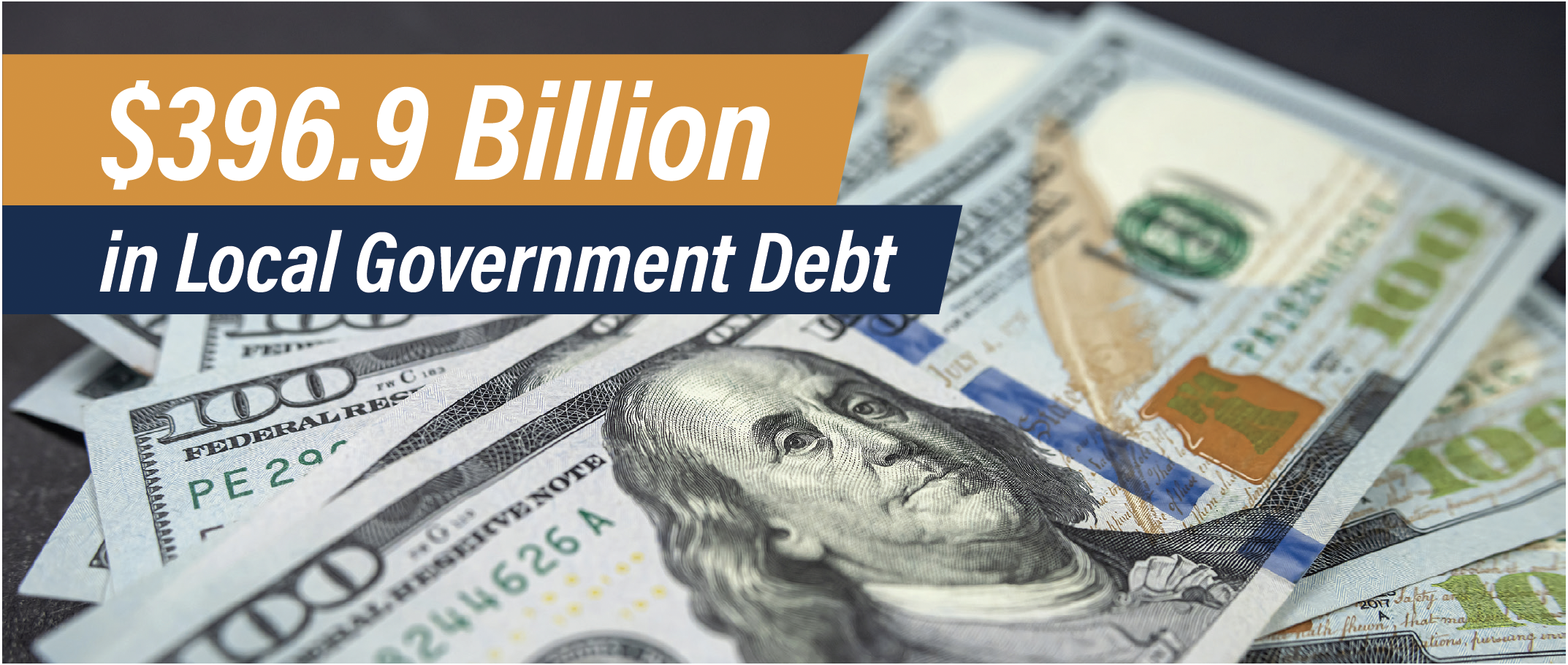v 31.34 | California Local Government Debt
Welcome to Happening in California, a brief look at political news, insights, and analysis of the world’s fifth-largest economy.
Earthquakes are a fact of life in the Golden State. In fact, California has more damaging earthquakes than any other state in the nation. And while no one knows when “The Big One” will hit, with 500-plus active faults beneath the surface of California we know with certainty that it is just a matter of time.
However, earthquakes aren’t the only hidden danger that could strike California cities and counties. In the past decade, debt held by California local governments has skyrocketed which has caused many municipalities to be labeled “high risk” according to the State Auditor’s Office.
Here’s a look at how local government debt could shake loose a major fiscal crisis…
Cheers,
Tom Ross | President and CEO | Swing Strategies
P.S. Please feel free to forward this email along to friends and encourage them to sign up here.
The Big Picture: California local governments owe more than $396.9 billion in bond debt — a 47.95% increase in the past decade.
Local governments issue long- and short-term bonds to fund a variety of needs — from funding increased public safety to building parks, schools, and roads. Yet, the amount of debt local governments have recently added is outside the norm, even when compared to the State of California, which actually saw its debt burden shrink 6% since 2012.
California local government debt ballooned by 47.95%, which was the fourth largest overall increase in the nation and far exceeds the average debt burden increase of 17.29% in other states’ local governments over the past decade.
The California State Auditor’s Office maintains a running tab of the fiscal health of California cities. Los Angeles alone faces a staggering debt burden made up of long-term obligations that is 210% of its annual government-wide revenue, excluding retirement obligations.
With California already experiencing the rumblings of a potential local government debt crisis, a legislatively referred ballot measure could really shake things up…
(Source: U.S. Census Bureau, State and Local Government Finances by Level of Government and by State, 2012 and 2021)
Assembly Constitutional Amendment (ACA) 1 will lower the necessary voter threshold from a two-thirds to 55 percent to approve local general obligation (GO) bonds and special taxes for affordable housing and public infrastructure projects.
Even with a supermajority requirement for passage of GO bonds, Californians already approve an average of 72.58% of bonds that made it to the ballot in the last ten years — totaling 396 new bonds.
Lowering the approval threshold would make it much easier for local governments to pass more and larger bonds — increasing their debt burden even further.
In 2012, the City of Stockton in California’s Central Valley became the largest city in the country to file for Chapter 9 Bankruptcy when it became unable to make payments on $2 billion in long-term debt.
As highlighted by the State Auditor, there are currently 63 cities that are flagged as high risk due to their debt burden, among which are the largest cities in California, including Los Angeles, San Francisco, San Jose, San Diego, and Sacramento. (Note: as of Oct 1, 2023, the State Auditor will be removing the local government high-risk dashboard.)
The Bottom Line: There is danger that accumulating local government debt laying below the surface could unexpectedly strike and cause a fiscal crisis for municipalities. ACA 1 could make the problem worse by lowering the voter threshold to pass bonds — allowing California's cities and counties to increase debt without providing additional fiscal accountability. Slated for the November ballot, we’ll see if voters are jolted by ACA 1’s potential threat.




